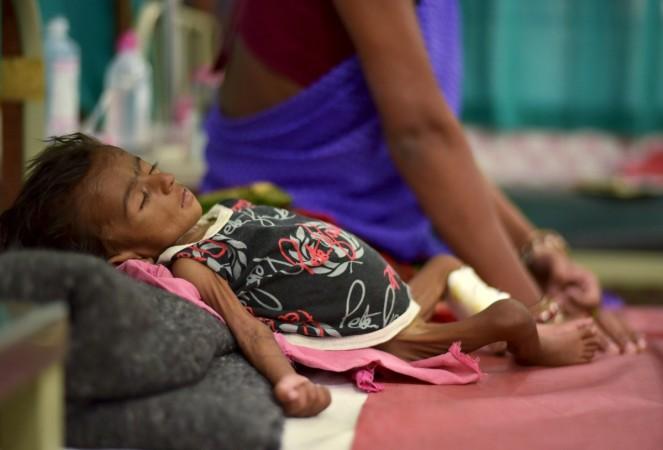
Two out of every five children under the age of five years in India are stunted, according to a report by international charity organisation WaterAid. This makes India home to the world's largest population of stunted children.
The report added that 48 million children under the age of five are stunted in the country. Globally, 159 million children are affected similarly, a ratio of one in four children.
Titled "Caught Short — How lack of sanitation and water contributes to malnutrition," the report places Nigeria and Pakistan behind India. The reasons for malnutrition and thereby stunting in these countries is the lack of access to sanitation and water. Nearly 60 percent of India's population does not have access to sanitation while 6 percent of the population doesn't have access to water, the report said.
According to a study published in the medical journal, Lancet, lack of access to sanitation and water facilities contributes to 80 percent of malnutrition problems among children. Inadequate diet and poor nutrition only accounts for 20 percent of such health issues.
The WaterAid report further said with respect to India, open defecation may be a concern, since it is practised widely in the country, not only leading to environment pollution but also spreading dangerous diseases.
Currently, there are more than 650 million people in the world do not have access to clean water while more than 2.3 billion do not have access to an adequate toilet.
Diarrhoeal diseases caused by dirty water and poor sanitation are the second biggest killer of children under five, after pneumonia, taking 315,000 young lives every year.
What is Stunting?
Stunting is defined as children having low height for age. It indicates that children haven't developed as they should, physically or cognitively. Stunting is a consequence of malnutrition in the first 1,000 days, from conception until age two. It is largely irreversible after the age of two, making those first 1,000 days critical to a child's development.









